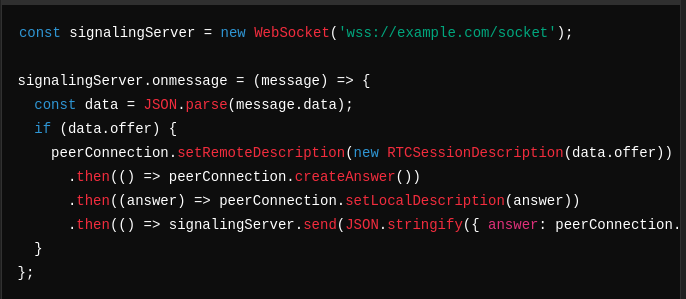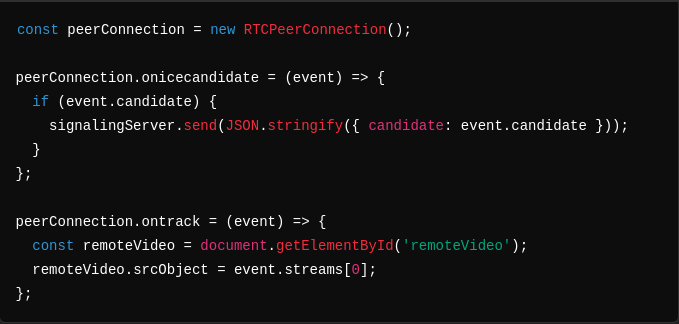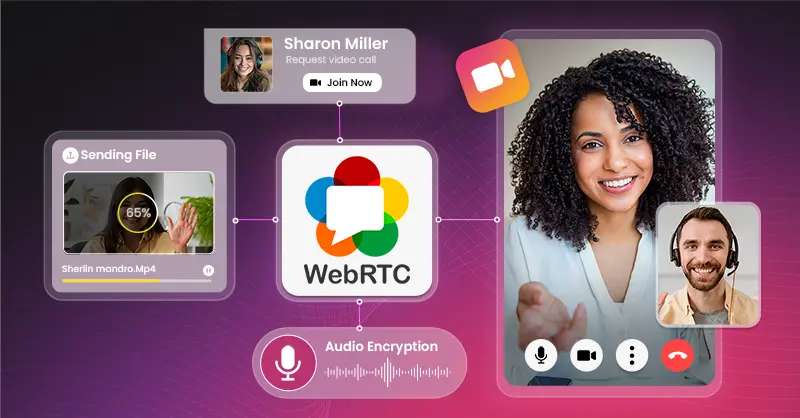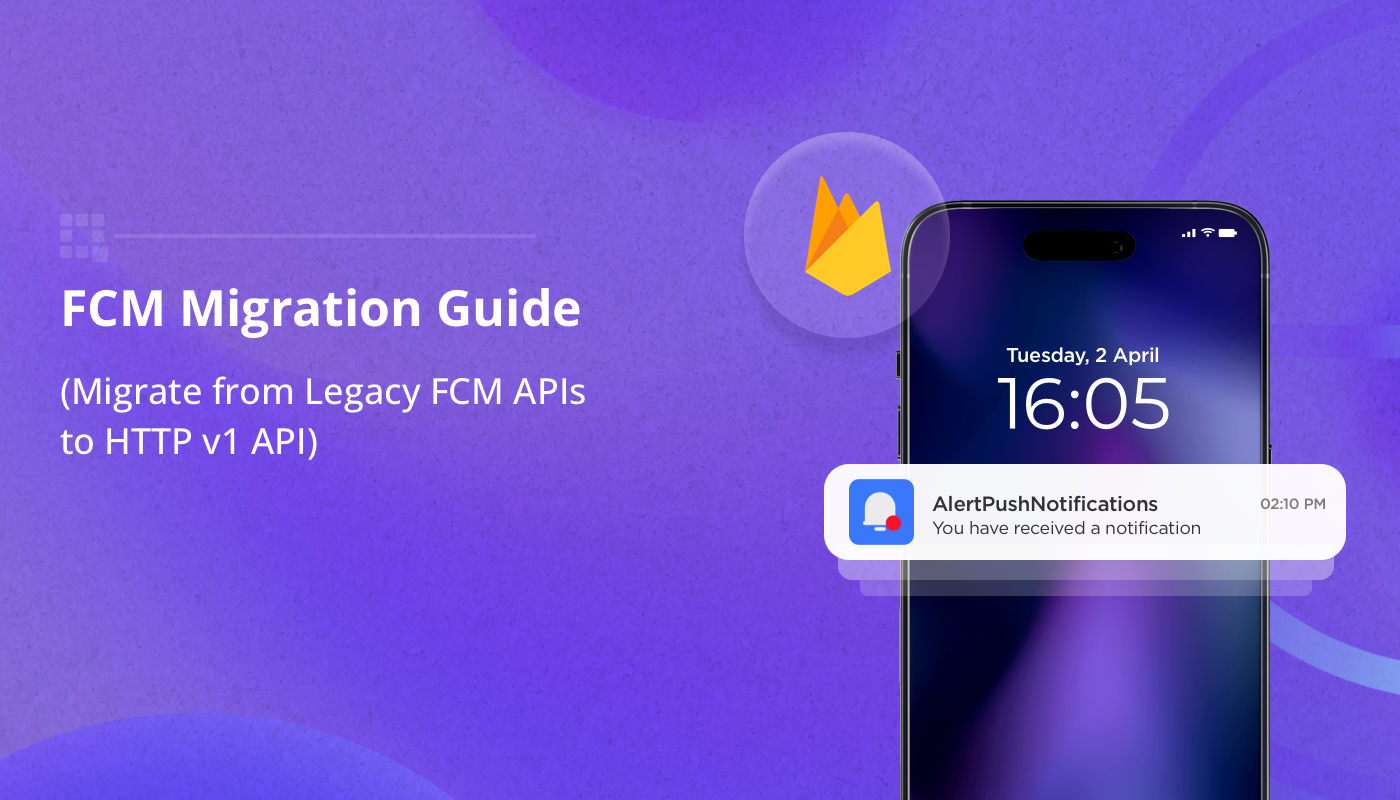WebRTC (Web Real-Time Communication) is an open-source technology that enables real-time communication in web and mobile applications. It supports peer-to-peer connections for sharing video, audio, and data. This guide outlines WebRTC’s core features, its implementation process, and potential use cases, with accompanying code snippets for better understanding.
How WebRTC Works
- Accessing Media DevicesUse the
getUserMediaAPI to access the user’s camera and microphone.
2. Signaling Process
WebRTC requires signaling to exchange connection information between peers. This process involves:
- Session Description Protocol (SDP): Describes the media format and connection information.
- ICE (Interactive Connectivity Establishment): Finds the best path between peers.
The signaling server typically uses WebSocket or another communication protocol to exchange this information

3. Peer-to-Peer Connection
Once signaling is complete, WebRTC establishes a peer-to-peer connection for exchanging data and media.

NAT Traversal
WebRTC uses STUN (Session Traversal Utilities for NAT) and TURN (Traversal Using Relay NAT) servers to establish connections in complex network environments.

Benefits of Using WebRTC
- Low Latency
Direct peer-to-peer connections minimize communication delay. - Cost Efficiency
Reduces server dependency for data and media transmission. - Scalability
WebRTC supports one-to-one and group communication scenarios. - Ease of Integration
With native browser support, integrating WebRTC into web and mobile apps is straightforward.
Challenges in Implementing WebRTC
- Signaling Server Requirement
A separate signaling server is necessary for establishing peer-to-peer connections. - Network Complexity
Traversing NATs and firewalls can require additional configuration using STUN/TURN servers. - Scalability for Large Groups
While ideal for small groups, managing connections in large-scale group chats can become resource-intensive. - Browser Compatibility
Despite widespread support, differences in browser implementations may require additional testing and adjustments.
Conclusion
WebRTC is a robust, versatile framework that simplifies real-time communication. Its peer-to-peer architecture ensures low latency and cost efficiency, making it ideal for various use cases, including video conferencing, chat applications, and data sharing.
The code snippets and explanations provided here will help you start building powerful WebRTC-based applications. Explore its APIs further to unlock the full potential of this cutting-edge technology.




